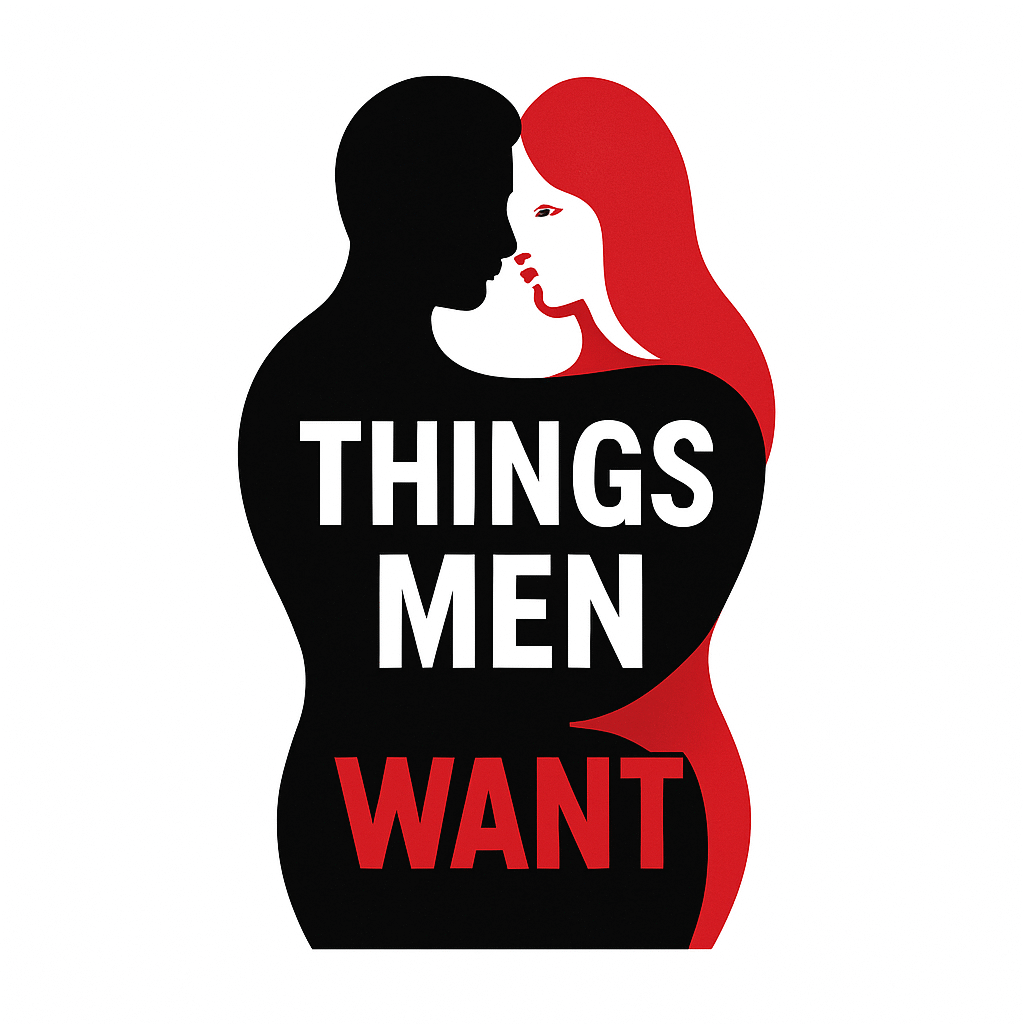Constructive Conflict Management: Strategies for a Positive Work Environment
In today’s fast-paced work environments, effective conflict resolution is key for a positive and productive workplace.
Conflict is bound to happen, but how we handle it is what counts. When we manage it constructively, conflicts can spark growth, innovation, and stronger team bonds.
Managing conflict constructively means tackling issues with respect for all sides. This approach not only solves the immediate problem but also makes the work environment healthier.
Key Takeaways
- Effective conflict management is crucial for a positive work environment.
- Constructive conflict resolution can lead to team growth and innovation.
- Respecting all parties is key to managing conflict constructively.
- A collaborative approach fosters a healthier workplace.
- Conflict management strategies can improve team dynamics.
Understanding Workplace Conflict
It’s key to understand workplace conflict for a peaceful work place. Conflicts come from different opinions, communication issues, and competing goals.
The Nature of Conflict in Professional Settings
Workplace conflicts can take many forms, like disagreements between people or between departments. It’s important to see that conflict can be good if handled right. Effective communication is crucial in solving these issues, making sure everyone is heard.
Destructive vs. Constructive Conflict
The outcome of workplace conflict depends on how it’s managed. Destructive conflict can harm morale, increase turnover, and lower productivity. But, constructive conflict can lead to new ideas, better processes, and stronger teams. Knowing the difference helps in using conflict resolution strategies that help the company.
| Conflict Type | Characteristics | Outcomes |
|---|---|---|
| Destructive Conflict | Aggressive communication, personal attacks | Decreased morale, increased turnover |
| Constructive Conflict | Respectful dialogue, focus on issues | Innovation, improved processes, enhanced team cohesion |
Common Sources of Workplace Conflict
Effective conflict management techniques start with finding the main causes of workplace conflicts. These include communication problems and not enough resources. Understanding these causes helps create a peaceful work place.
Communication Breakdowns and Misunderstandings
Communication issues are a big source of conflict. When messages are unclear or misunderstood, it can cause problems. Active listening and making sure everyone knows what’s expected can help solve these issues.
Competing Priorities and Limited Resources
When there are too many tasks and not enough resources, conflicts can happen. Teams or individuals fighting for the same things or having different deadlines can cause tension. Good resource allocation and prioritization can help reduce these problems.
Personality Clashes and Working Style Differences
Personality differences and work styles can also cause conflicts. For example, someone who likes details might disagree with someone who prefers flexibility. It’s important to understand and respect these differences to keep the team working well together.
“The art of communication is the language of leadership.” – James Humes
To handle conflicts well, it’s key to know the common causes and how to fix them. By doing this, companies can create a better, more collaborative work place.
| Source of Conflict | Impact | Mitigation Strategy |
|---|---|---|
| Communication Breakdowns | Misunderstandings and Errors | Active Listening and Clear Communication |
| Competing Priorities | Resource Constraints and Delays | Effective Resource Allocation |
| Personality Clashes | Team Dysfunction | Respecting Differences and Team Building |
The Importance of Managing Conflict Constructively
Conflict can actually be good for teams and organizations if managed right. A constructive approach to solving conflicts leads to a better work place. It’s all about having the right conflict resolution skills.
Managing conflicts well boosts team morale and productivity. When conflicts are solved fairly and with respect, everyone feels valued and supported.
Impact on Team Morale and Productivity
Constructive conflict management makes the team feel safe and respected. This leads to better teamwork and higher productivity. People are more eager to work together.
Building Trust and Psychological Safety
Handling conflicts well helps build trust and safety in the team. This makes everyone more open to talking and working together. It leads to better results.
Transforming Conflict into Innovation and Growth
Good conflict resolution can turn problems into chances for new ideas and growth. By listening to different views, teams can find creative solutions to tough issues.
| Benefits | Description | Outcome |
|---|---|---|
| Improved Morale | Fair and respectful conflict resolution | Increased team cohesion |
| Enhanced Productivity | Collaborative work environment | Better project outcomes |
| Innovation and Growth | Diverse perspectives and creative solutions | Competitive advantage |
In conclusion, handling conflicts well is key to a positive work environment. With good conflict resolution skills, teams can boost morale, build trust, and spark innovation.
Essential Conflict Resolution Strategies
Handling conflict at work is key for team morale and success. It’s important to use strategies that solve the root of conflicts. This helps create a collaborative work environment.
Active Listening and Empathy Techniques
Active listening is crucial in solving conflicts. It means fully focusing on what the other person says and understanding their view. Empathy techniques like acknowledging feelings help reduce tension and lead to better talks.
As
“You never really understand a person until you consider things from his point of view… Until you climb inside of his skin and walk around in it.”
– Harper Lee,To Kill a Mockingbird. This quote shows how important empathy is in understanding others.
Assertive Communication Without Aggression
Assertive communication is about clearly stating your needs without being aggressive. Use “I” statements instead of “you” to avoid blame. For example, say “I feel frustrated when…” instead of “You always…”.
Key elements of assertive communication include eye contact, a calm voice, and being direct about your needs.
Collaborative Problem-Solving Approaches
Collaborative problem-solving means working together to find a solution. It promotes open talk, listening, and compromise.
- Identify the issue and gather relevant information.
- Generate potential solutions together.
- Evaluate the pros and cons of each solution.
- Agree on a solution and implement it.
The GROW Model for Conflict Resolution
The GROW model is a structured way to solve conflicts. It sets a Goal, looks at the current Reality, explores Options, and decides the Way forward. This model helps keep everyone focused on a common goal.
Interest-Based Negotiation Tactics
Interest-based negotiation aims to understand the real needs of all parties. It seeks creative solutions that meet everyone’s needs. Separating the people from the problem is key to successful negotiation.
Developing Your Conflict Management Skills
To create a healthy work environment, it’s key to develop good conflict resolution strategies. This means having skills and traits that help you deal with disputes well.
Self-Awareness and Emotional Intelligence
Self-awareness and emotional intelligence are key in managing conflicts. Knowing your emotions and how they affect you is important. It helps you recognize what triggers you and manage your reactions.
Emotional intelligence also helps you understand others better. This leads to more constructive talks.
To grow in self-awareness, think about your values, strengths, and weaknesses. It’s about knowing how your actions impact others and being open to feedback. This self-reflection can make you handle conflicts better.
De-escalation Techniques for Heated Situations
Conflicts can turn into heated arguments. Learning to de-escalate these situations is crucial. Stay calm, speak softly, and don’t take sides. Acknowledge the other person’s feelings and show you’re listening.
Another good technique is to take a break if things get too heated. This lets everyone calm down and have a clearer conversation later.
When and How to Involve Third Parties
Not all conflicts can be solved by talking directly. Sometimes, you need a third party, like a mediator or supervisor. This is when the conflict is too big or when you’ve tried and failed before.
The third party’s job is to help everyone talk fairly, find common goals, and find a solution. It’s important to pick a neutral third party to ensure fairness and trust.
Conclusion: Creating a Culture That Embraces Healthy Conflict
Creating a work environment that values constructive conflict can bring many benefits. It can improve team morale and boost productivity. Effective communication is key to making this happen.
Organizations can turn divisive situations into chances for growth and innovation. This requires active listening, empathy, and clear communication.
As workplaces change, embracing healthy conflict can make teams stand out. Leaders who focus on effective communication can build a culture that’s collaborative and resilient. This helps teams face the challenges of a fast-changing business world.







